
Business growth
Business growth refers to the process of improving a company's success and profitability through various strategies, including expanding market reach, increasing sales, enhancing operational efficiency, and innovating products or services. It involves strategic planning and execution to achieve long-term sustainability and competitiveness in the marketplace.

Strategy vs. tactics: The "what" and "how" of a winning game plan
Strategy and tactics are essential components of any successful game plan, representing the overarching "what" and the specific "how." Strategy outlines the long-term vision and goals, providing a roadmap for success, while tactics are the actionable steps taken to achieve those objectives. Understanding the distinction between the two enables organizations to align their resources effectively, adapt to changing circumstances, and execute plans with precision. A winning game plan seamlessly integrates both elements, fostering coherence and driving results in a competitive landscape.

What is business intelligence and how does it simplify decision-making?
Business intelligence refers to the technologies and strategies used to analyze data and present actionable insights to help organizations make informed decisions. By transforming raw data into meaningful information, it simplifies decision-making processes by providing clear visualizations, reports, and dashboards that highlight trends, patterns, and key performance indicators. This enables decision-makers to quickly assess situations, identify opportunities, and mitigate risks, ultimately leading to more effective strategic planning and improved business outcomes.

What is HRIS? Human resources information systems, explained
Human Resources Information Systems (HRIS) are integrated software solutions designed to streamline and manage various HR functions. These systems centralize employee data, facilitating efficient processes like recruitment, onboarding, payroll, benefits administration, and performance management. By automating routine tasks, HRIS enhances productivity and accuracy, allowing HR professionals to focus on strategic initiatives. Additionally, HRIS provides valuable analytics and reporting capabilities, enabling organizations to make informed decisions about their workforce and improve overall employee engagement and satisfaction.

Net Promoter Score: A guide to NPS
Net Promoter Score, or NPS, is a widely used metric that gauges customer loyalty and satisfaction by asking a simple question: how likely are you to recommend a company to others? This guide delves into the methodology behind calculating NPS, interpreting results, and leveraging feedback to drive business improvement. It also explores the significance of categorizing respondents into promoters, passives, and detractors, offering insights on how to enhance customer experience and foster long-term relationships.

How to create a goal-crushing project plan (+ 13 templates)
Creating a goal-crushing project plan involves defining clear objectives, breaking tasks into manageable steps, and establishing timelines for completion. The process includes identifying resources, assigning responsibilities, and setting metrics for success to ensure accountability. Utilizing templates can streamline planning, offering a structured approach to organize ideas and track progress effectively. With the right tools and strategies, you can enhance productivity and motivation, ultimately leading to the successful execution of your projects.

How to implement proactive customer service (with real examples)
Proactive customer service involves anticipating customer needs and addressing potential issues before they arise. Companies like Amazon excel in this by sending notifications about delivery updates, ensuring customers feel informed. Similarly, Zocdoc uses reminders for upcoming appointments, reducing no-shows and enhancing user experience. By employing data analytics to identify trends, proactive support can guide customers to solutions, such as FAQs or troubleshooting tips, ultimately fostering loyalty and satisfaction while minimizing the need for reactive support.

10 communication plan templates—and how to write your own
This resource provides an overview of ten effective communication plan templates designed to streamline the process of crafting clear and strategic messaging. Each template serves as a guide to help organizations align their communication goals with their audience's needs. Additionally, it offers practical tips on how to develop a personalized communication plan, ensuring that key messages are effectively conveyed. By following these guidelines, users can enhance their communication strategies and foster better engagement with stakeholders.

12 free timesheet templates (and how to use them)
This article provides a collection of twelve free timesheet templates designed to help individuals and businesses efficiently track work hours, manage payroll, and enhance productivity. Each template is customizable to suit various needs, whether for hourly employees or project-based work. The guide also includes tips on how to effectively use these templates, ensuring accurate record-keeping and simplifying the process of monitoring time spent on tasks. With these resources, users can streamline their time management and improve overall efficiency.
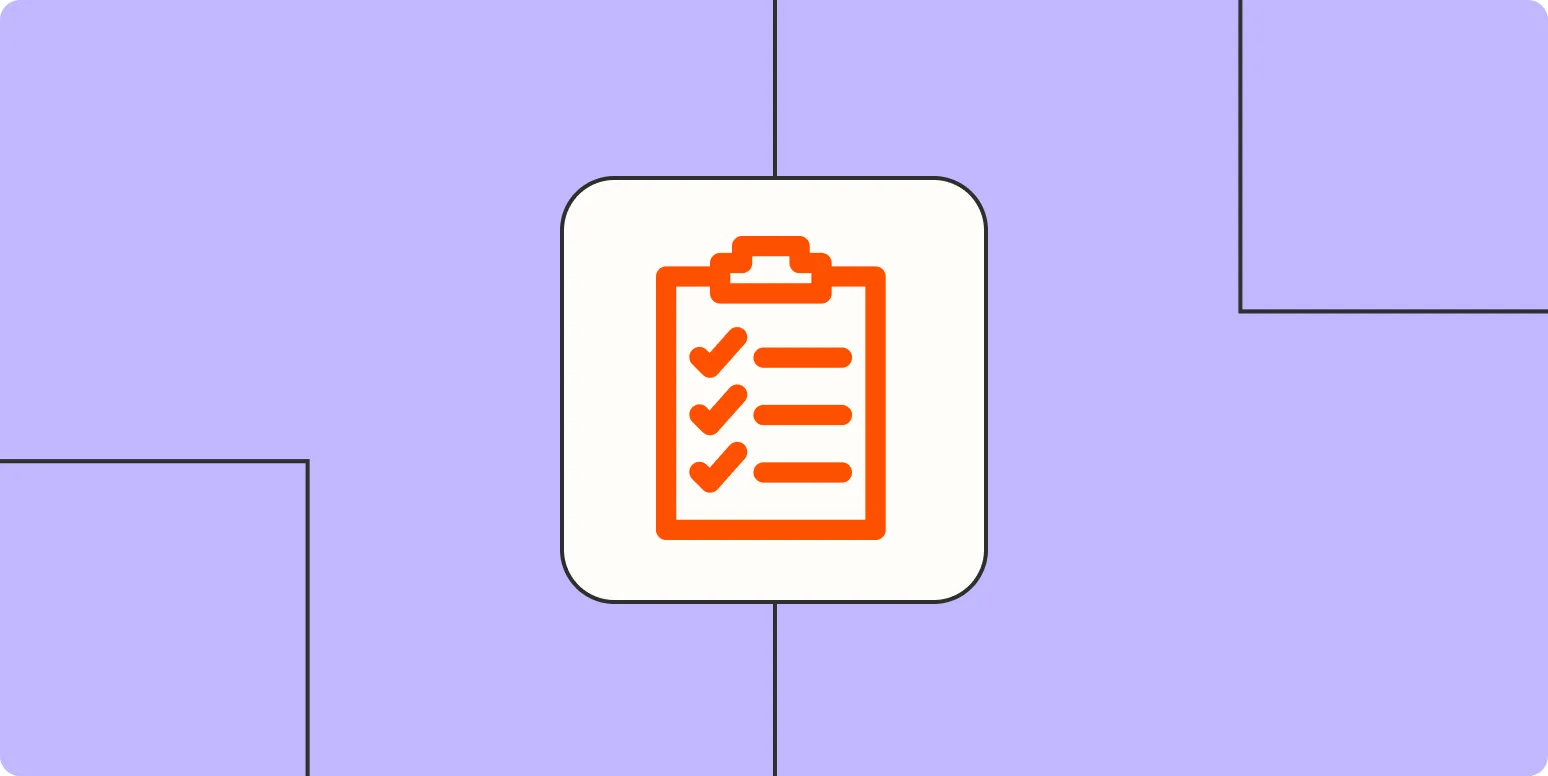
5 reference check questions you should always ask
When conducting reference checks, it's essential to ask questions that provide insight into a candidate's work ethic and interpersonal skills. Inquire about the candidate's strengths and areas for improvement to gauge their overall performance. Ask how they handle challenges and work under pressure to assess resilience. Discuss their ability to collaborate with others, as teamwork is crucial in most roles. Finally, seek to understand their reliability and punctuality, which are key indicators of professionalism and commitment.

20 free proposal templates to ace your pitch
Discover a curated collection of 20 free proposal templates designed to elevate your pitching game. These templates cater to various industries and project types, providing a professional framework to present your ideas effectively. Each template is user-friendly and customizable, allowing you to tailor your proposals to meet specific client needs. With visually appealing designs and structured layouts, you can make a lasting impression and increase your chances of securing projects. Empower your proposals with these valuable resources and enhance your business opportunities.
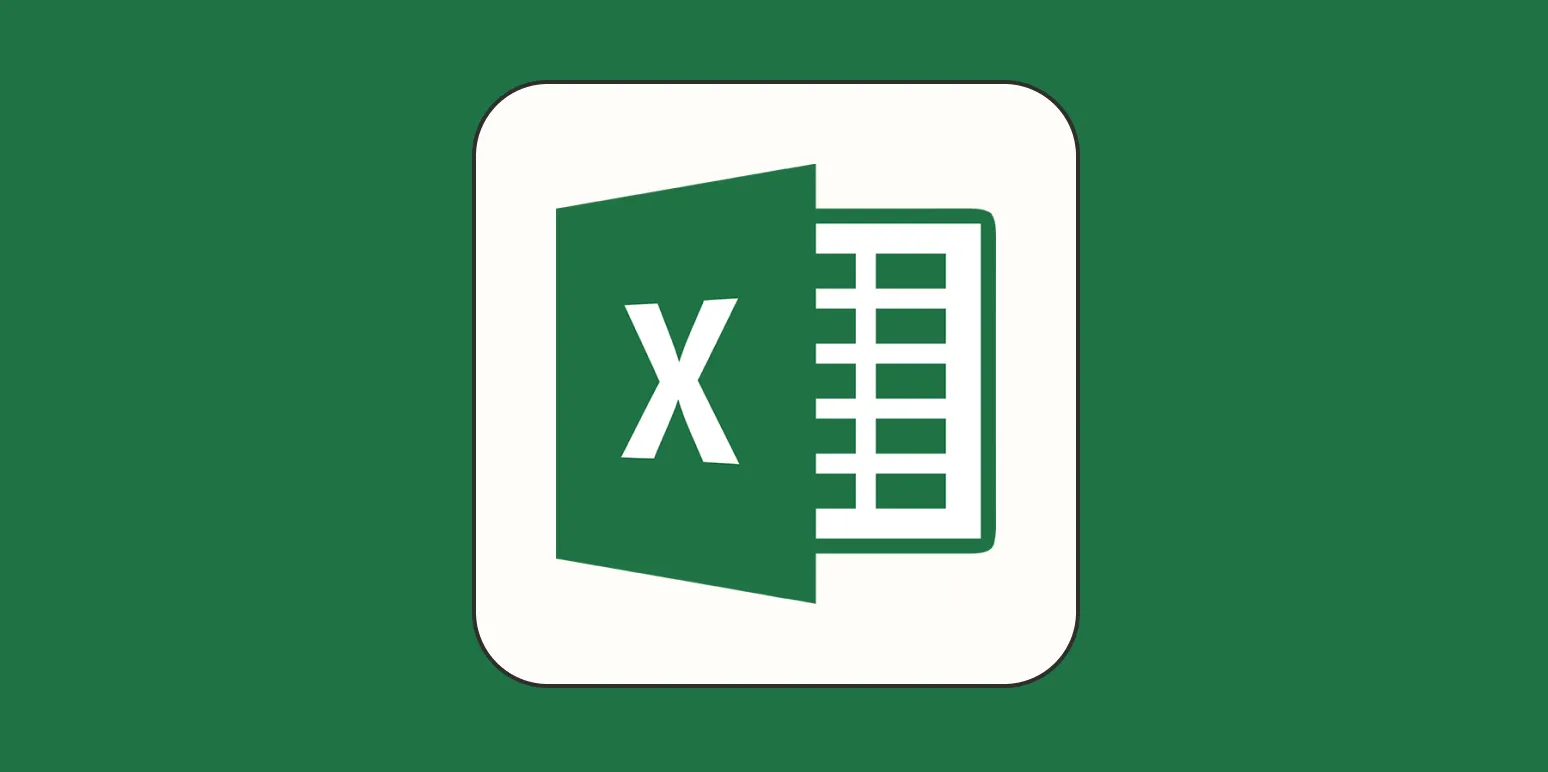
How to build a KPI dashboard in Excel in 3 steps (with free templates)
Creating a KPI dashboard in Excel can streamline data visualization and performance tracking. Start by defining your key performance indicators, ensuring they align with your business objectives. Next, gather and organize your data in a structured format, using Excel's features to make it easily accessible. Finally, utilize free templates to design your dashboard, incorporating charts and graphs for clear representation. This approach allows for real-time monitoring and informed decision-making, enhancing overall business efficiency.
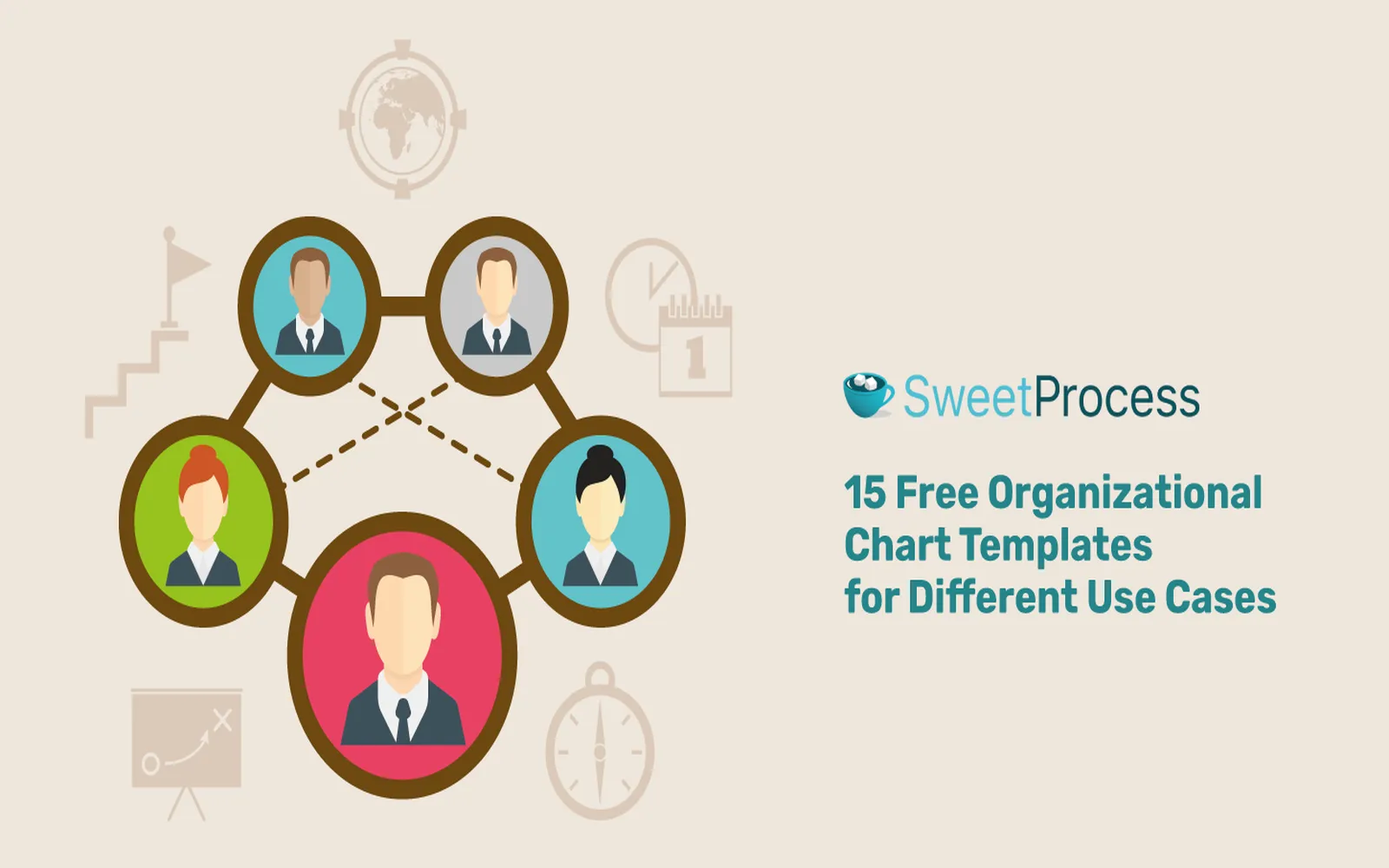
15 free organizational chart templates for streamlining operations
Discover a collection of 15 free organizational chart templates designed to enhance operational efficiency in various settings. These templates offer a visual representation of team structures, facilitating clearer communication and streamlined workflows. Whether for small businesses or large enterprises, these customizable charts cater to diverse organizational needs, making it easier to define roles, responsibilities, and reporting relationships. By implementing these templates, organizations can improve collaboration and ensure everyone is aligned with their goals and objectives.

How to create your own self-employed benefits package
Creating your own self-employed benefits package involves assessing your personal and professional needs. Start by identifying essential benefits like health insurance, retirement savings, and disability coverage. Research options available for freelancers, including individual plans and health savings accounts. Consider incorporating additional perks such as paid time off or professional development opportunities. Finally, budget for these expenses to ensure sustainability. Tailoring your benefits package to suit your lifestyle will enhance your overall well-being and financial security as a self-employed individual.
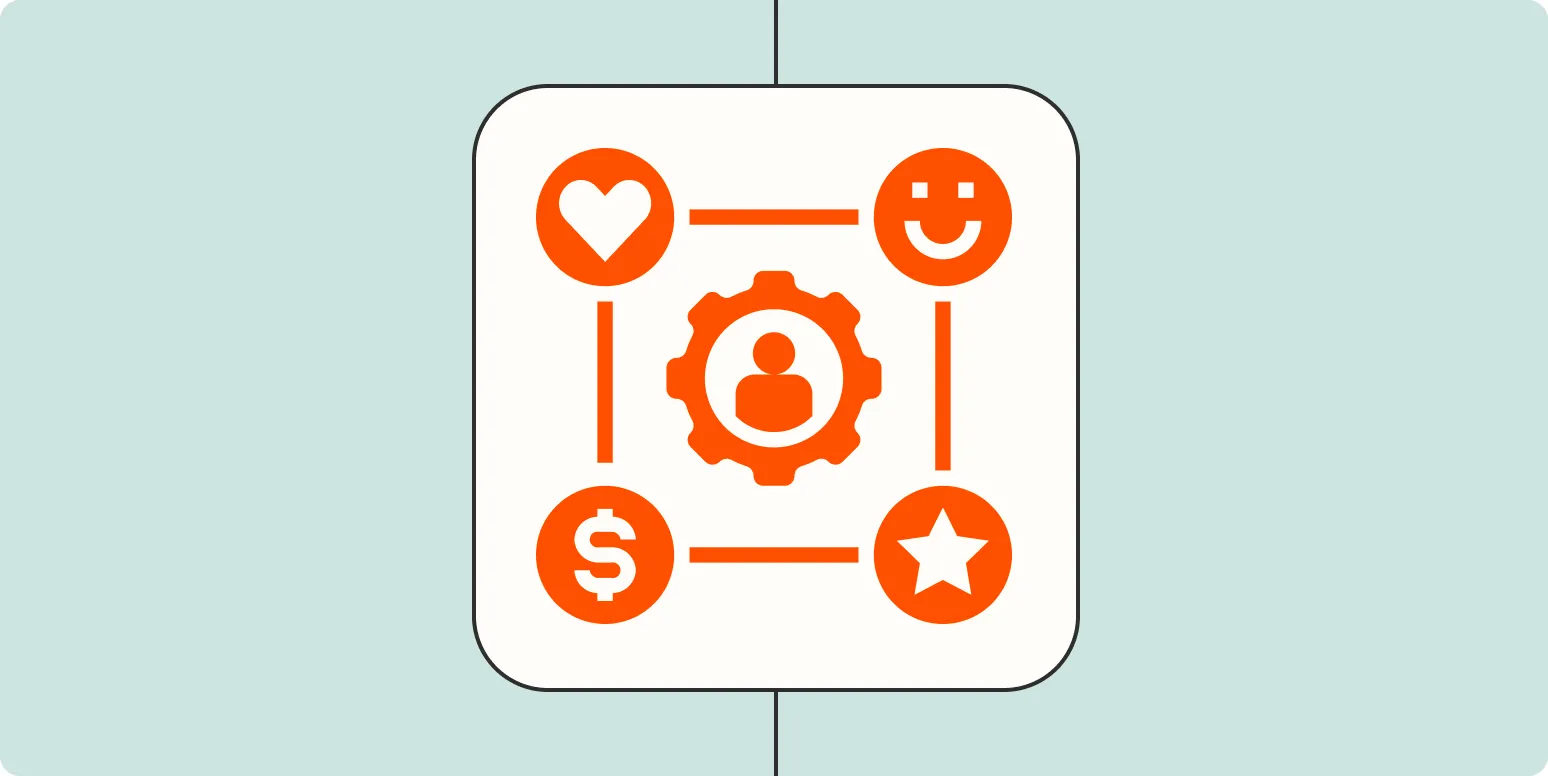
What is lead scoring—and how do you get started?
Lead scoring is a systematic approach used by businesses to evaluate and prioritize leads based on their likelihood of converting into customers. This process involves assigning numerical values to potential customers based on various criteria such as demographics, engagement level, and behavior. To get started, companies should define their ideal customer profile, establish scoring criteria, and implement a scoring system using tools or software. Regularly reviewing and adjusting the scoring model ensures it remains aligned with evolving business goals and market conditions.

Company core values: AI core value generator (and 8 examples)
Core values are fundamental beliefs that guide a company's culture, decision-making, and overall mission. An AI core value generator can help organizations identify and articulate their principles, fostering alignment among employees and stakeholders. Examples of core values include innovation, emphasizing creativity and progress; integrity, promoting honesty and transparency; collaboration, encouraging teamwork; and customer focus, prioritizing client needs. Other values might include sustainability, accountability, excellence, diversity, and adaptability, all of which contribute to a strong organizational identity and purpose.

21 project management templates to organize any workflow
This collection of 21 project management templates provides versatile tools designed to streamline and enhance any workflow. Covering various aspects of project planning, execution, and monitoring, these templates cater to diverse industries and team sizes. Each template is easy to customize, allowing users to adapt them to their specific needs, whether for task management, scheduling, budgeting, or reporting. By utilizing these resources, teams can improve collaboration, increase efficiency, and ensure successful project outcomes.

How to write a statement of work (with template and example)
A statement of work is a crucial document that outlines project objectives, deliverables, timelines, and responsibilities. To write an effective statement, begin by defining the project scope and specific tasks required. Include details such as milestones, payment terms, and any necessary resources. Utilizing a template can streamline the process and ensure consistency, while an example can provide clarity on formatting and content. This structured approach helps align expectations and fosters clear communication between all parties involved.
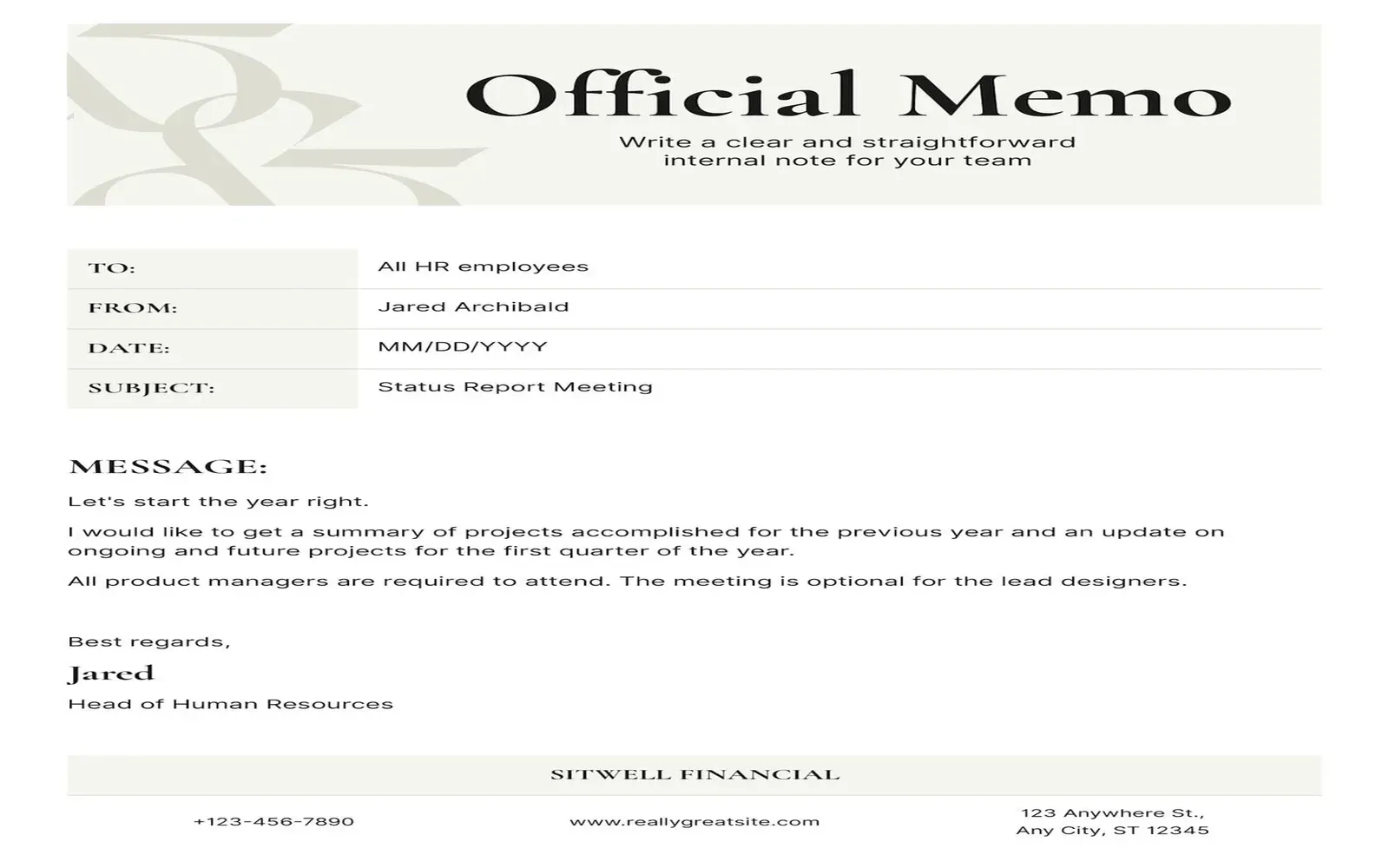
How to write a memo (and all the templates and examples you could need)
Writing a memo involves communicating important information clearly and concisely within an organization. Start by identifying the purpose, audience, and key points to convey. Use a straightforward structure, including a header with the recipient's name, date, subject, and a clear opening statement. Follow with the main content, organizing it logically, and conclude with any necessary action items or recommendations. Various templates and examples can help streamline the process, ensuring professionalism and effectiveness in your communication.
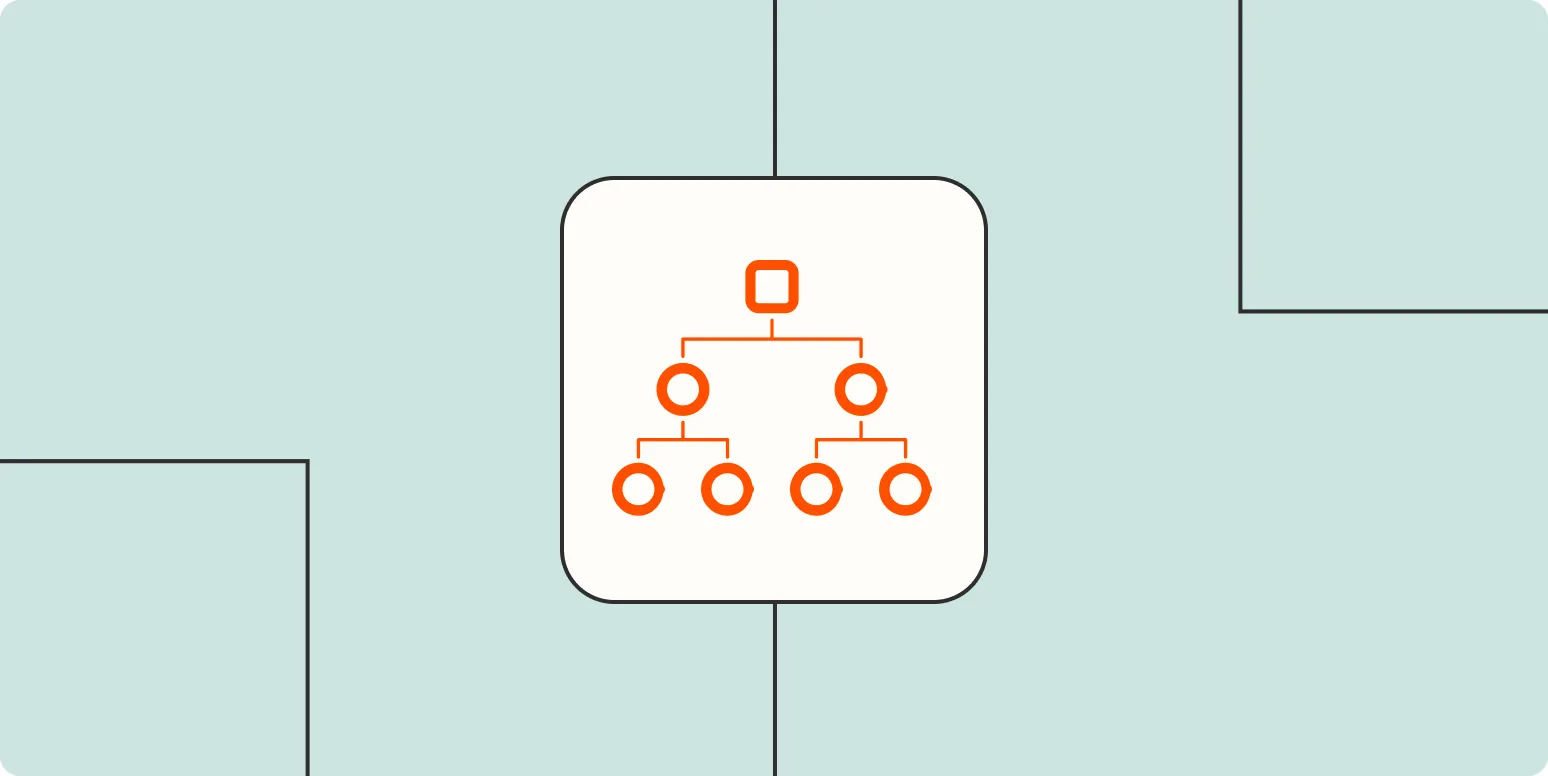
6 ways to break down organizational silos
Breaking down organizational silos involves fostering collaboration and communication across departments. Encouraging cross-functional teams can enhance understanding and teamwork. Implementing shared goals promotes a unified vision, while regular interdepartmental meetings facilitate dialogue and idea exchange. Utilizing collaborative technology tools can streamline communication and information sharing. Leadership should model transparency and inclusivity, demonstrating the value of cooperation. Finally, recognizing and rewarding collaborative efforts can reinforce a culture that prioritizes teamwork over isolation, ultimately driving organizational success.

The only Gantt chart template you'll ever need for Excel (and how to automate it)
This comprehensive guide provides a versatile Gantt chart template tailored for Excel, designed to streamline project management tasks. It covers essential features such as task scheduling, progress tracking, and resource allocation. The template is user-friendly and adaptable, allowing for easy customization to fit various project needs. Additionally, the guide explains automation techniques to enhance efficiency, including formula integration and conditional formatting, ensuring that users can maintain an up-to-date project timeline effortlessly. Perfect for both novices and experienced project managers.